Need to Know: Windows 7
Microsoft’s latest operating system Windows 7 arrives tomorrow. Here’s what you need to know.
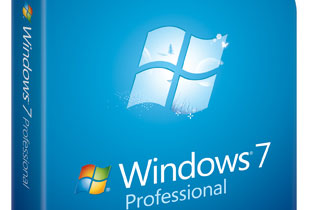

Microsoft's Windows 7 operating system arrives this week, riding a wave of positive reviews and anti-Vista sentiment all the way to the tills.
But is Windows 7 so much better than its predecessor? And, if you do decide to shell out for a copy, which version should you get? We answer your questions here.
Microsoft has a new operating system. So what?
This is Microsoft's follow-up to Vista, which is widely considered to be "less good" - and that's according to the software maker itself.
So if you're using a Microsoft product on your PC - and nine out of 10 Brits are - you're either using the "less good" Vista or its predecessor, the eight-year-old XP.
Okay. Tell me more about the new features.
Click here to read our full Windows 7 review, but here are the basics on the new features.
Get the ITPro daily newsletter
Sign up today and you will receive a free copy of our Future Focus 2025 report - the leading guidance on AI, cybersecurity and other IT challenges as per 700+ senior executives
Windows 7 is designed for use with touchscreens, which is clear from the large icons and clean layout.
It has some nice user experience touches, too, including the ability to 'pin' applications and documents to the bottom of the screen for easier access. Applications can be snapped together, so working out of two apps, such as copying and pasting from the web to Word, is much simpler.
The OS also comes with a pretty new media centre, making it easier to manage videos, pictures and other bits and pieces.
It's smaller than Vista and faster, promising faster boot and resume times, and has a better search function for uncovering lost documents.
And, as Windows 7 uses the same kernel as Vista, your old drivers should still work and most applications should be compatible.
Basically, it's faster, shinier and nicer to use than Vista.
So which version should I get?
There are three main editions of Windows 7, plus the netbook-friendly Starter edition. The main three that Microsoft is offering are Home Premium, Professional and Ultimate.
Among other features, Professional adds XP Mode and a Backup system, while Ultimate includes BitLocker. (Ultimate is essentially the Enterprise version, which is only available through volume licensing.)
If you already have a version of Windows, you can buy an upgrade edition. If you don't, you'll need to buy the full version.
How much is that going to cost?
Pricing has varied over the past few months, so your best bet is to look online or in the shops for a deal - if you haven't ordered already, that is.
Microsoft's official pricing for upgrades is:
Windows 7 Home Premium - 79.99 until 31 December, 99.99 thereafter
Windows 7 Professional - 189.99
Windows 7 Ultimate - 199.99
For the full version of Windows 7:
Windows 7 Home Premium - 149.99
Windows 7 Professional - 219.99
Windows 7 Ultimate - 229.99
There's also a Family Pack edition, which is three copies of Home for 149.
Clean install or upgrade?
If you're on XP because your current computer is eight-years-old, you'll most likely need to buy a new machine. You can check if your hardware is robust enough for Windows 7 here.
If you're on XP because your current computer is a year old and you just hate Vista so very, very much, you should probably still do a fresh install rather than an upgrade.
If you're on Vista, you can possibly just upgrade, rather than wiping your computer with a clean install.
That's the basic answer. The reality is much more complicated. Microsoft has produced a handy chart to show exactly who should do what depending on their current OS.
Essentially, if you're on XP or Vista Starter, you'll need to do a clean install, rather than upgrade. The same holds true if you're moving from 32-bit to 64-bit.
With Vista to Windows 7 moves, you can do a simple upgrade if you're staying at the same level of OS. So if you're moving from the Home edition up to Professional, you'll need to do a clean install, while if you're downgrading or staying at the same version, you can just upgrade.
Read on here for more Windows 7 coverage.
Want to read more background on the latest IT topics? Click here for all the tech cheatsheets in our Need to Know series.
Freelance journalist Nicole Kobie first started writing for ITPro in 2007, with bylines in New Scientist, Wired, PC Pro and many more.
Nicole the author of a book about the history of technology, The Long History of the Future.
-
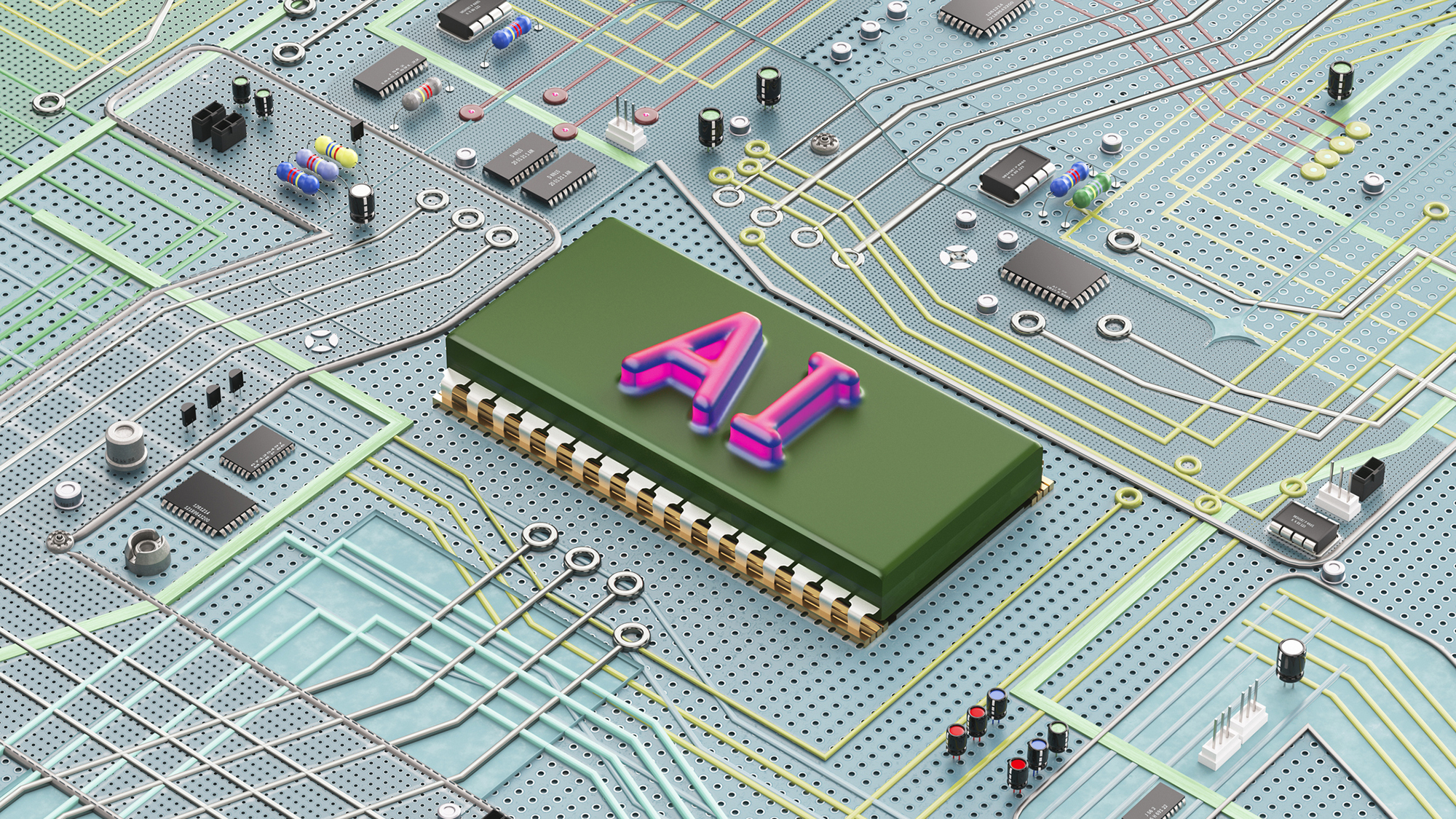 Should AI PCs be part of your next hardware refresh?
Should AI PCs be part of your next hardware refresh?AI PCs are fast becoming a business staple and a surefire way to future-proof your business
By Bobby Hellard Published
-
 Westcon-Comstor and Vectra AI launch brace of new channel initiatives
Westcon-Comstor and Vectra AI launch brace of new channel initiativesNews Westcon-Comstor and Vectra AI have announced the launch of two new channel growth initiatives focused on the managed security service provider (MSSP) space and AWS Marketplace.
By Daniel Todd Published
-
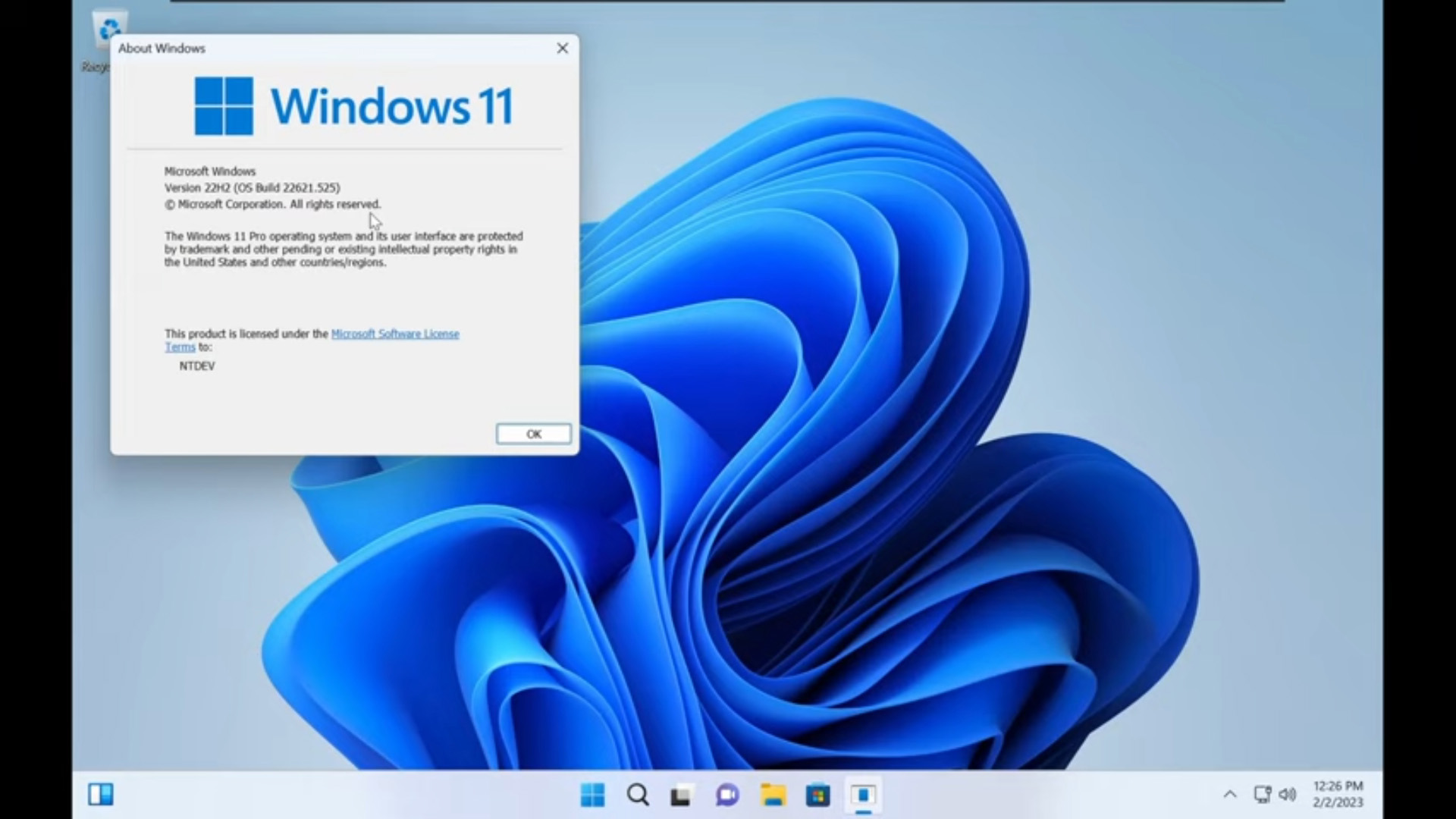 Tiny11 review: Windows 11 with only 2GB of RAM
Tiny11 review: Windows 11 with only 2GB of RAMReview A version of Windows 11 for older machines that don't meet the full requirements
By Nik Rawlinson Published
-
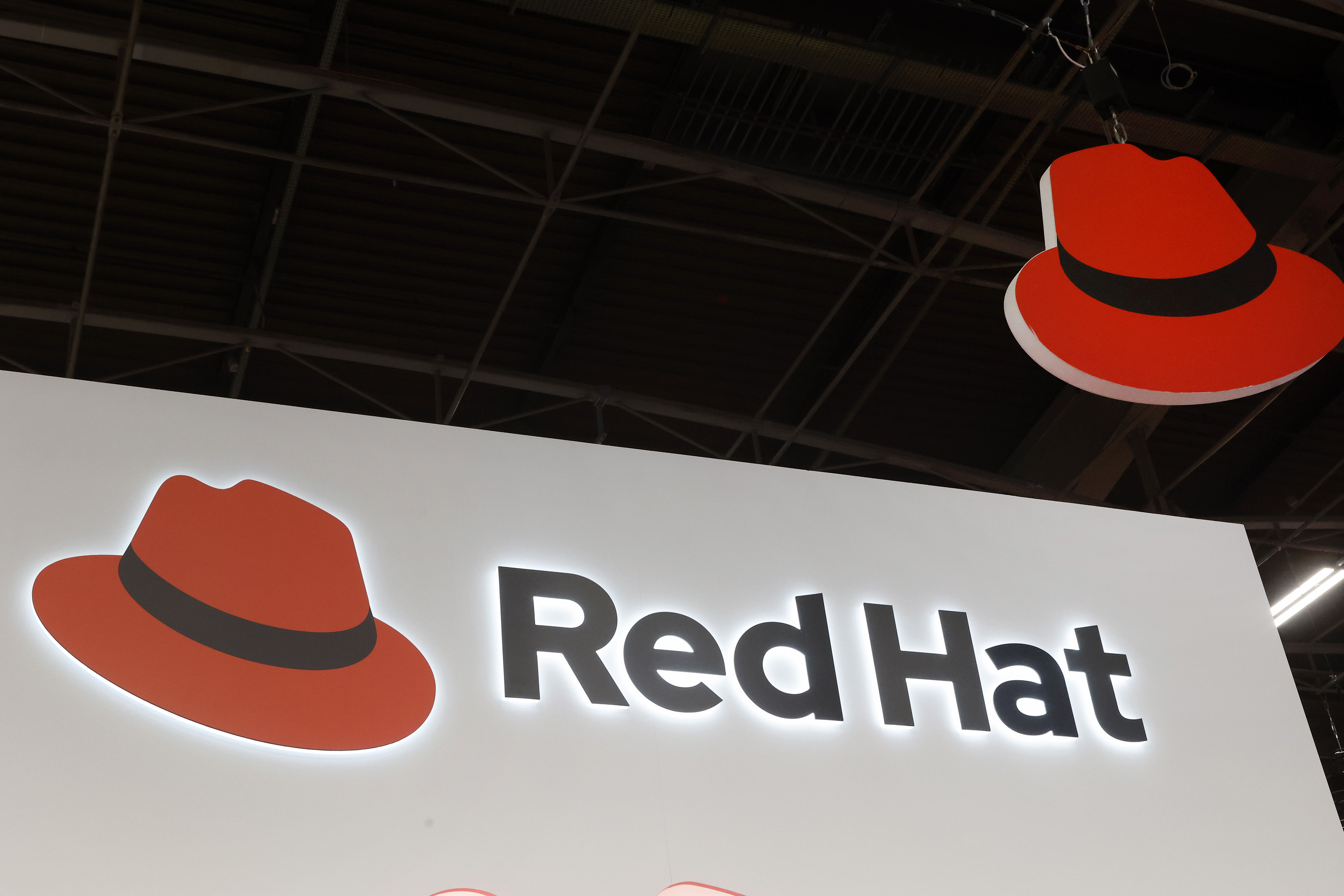 Red Hat Enterprise Linux becomes foundational operating system for Cohesity Data Cloud
Red Hat Enterprise Linux becomes foundational operating system for Cohesity Data CloudNews New strategic partnership between Red Hat and Cohesity aims to drive innovation in the data security and management space
By Daniel Todd Published
-
 Ubuntu shifts to four-week update cycle
Ubuntu shifts to four-week update cycleNews Critical fixes will also come every two weeks, mitigating the issues involved with releasing prompt patches on the old three-week cadence
By Richard Speed Published
-
 AlmaLinux follows Oracle in ditching RHEL compatibility
AlmaLinux follows Oracle in ditching RHEL compatibilityNews Application binary compatibility is now the aim with 1:1 now dropped
By Richard Speed Published
-
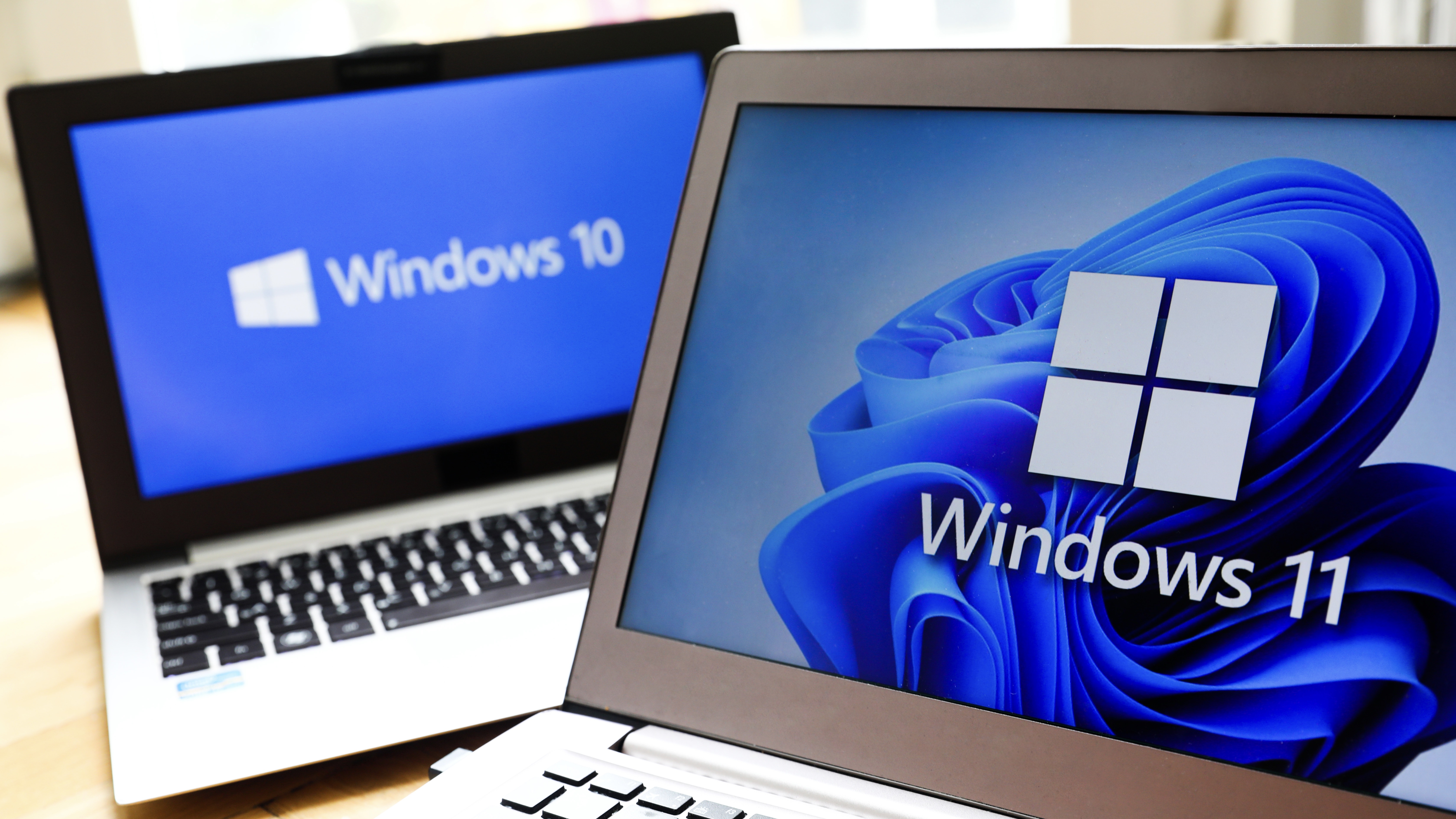 How big is the Windows 10 cliff-edge?
How big is the Windows 10 cliff-edge?ITPro Network With some comparing the upcoming Windows 10 end of life to Windows XP, we ask members of the ITPro Network for their insight
By Jane McCallion Published
-
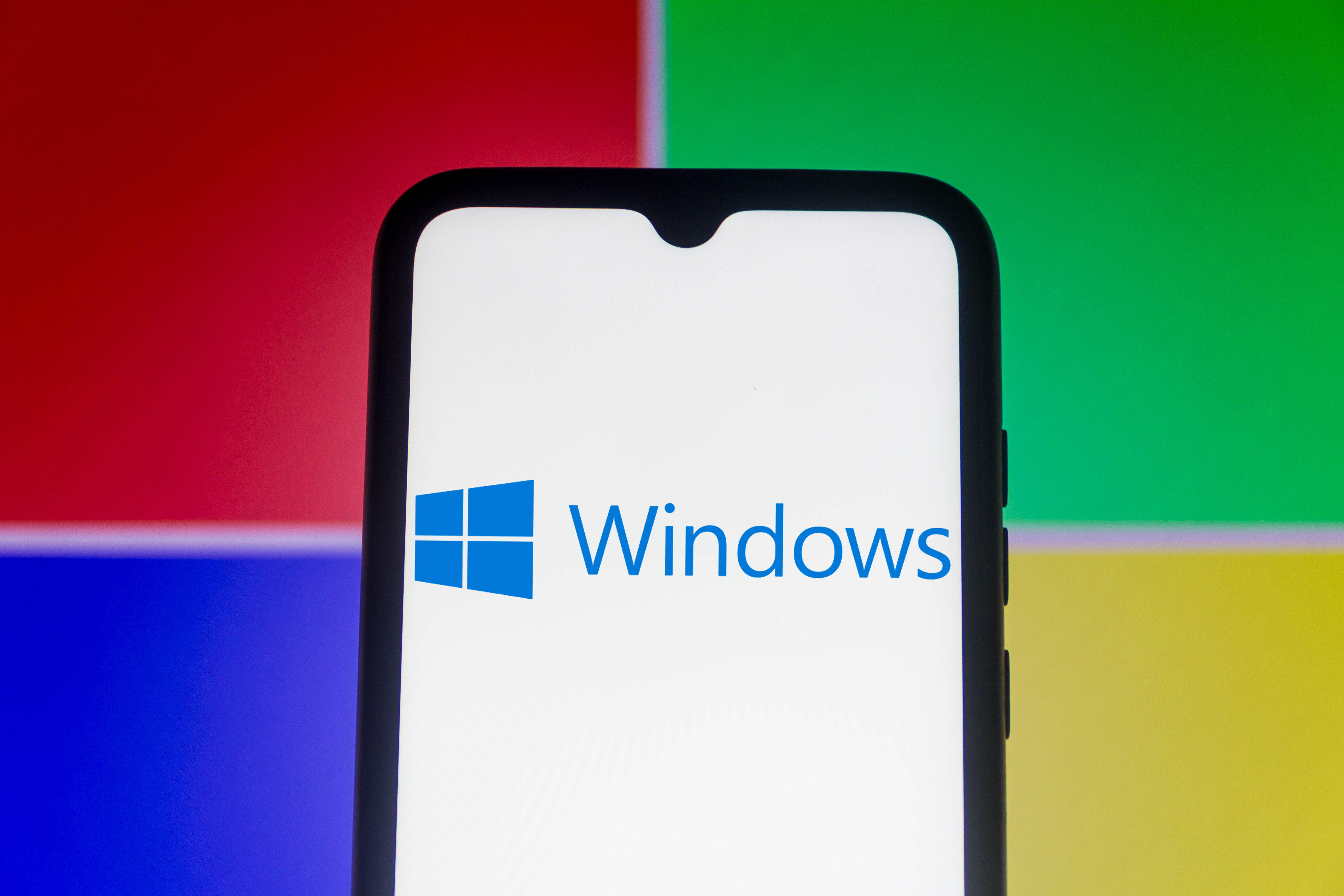 Everything you need to know about the latest Windows 11 updates - from bug fixes to brand-new features
Everything you need to know about the latest Windows 11 updates - from bug fixes to brand-new featuresNews Two new cumulative updates are on the way and will be installed automatically on Windows 10 and Windows 11 machines
By Rory Bathgate Published
-
 How to download a Windows 11 ISO file and perform a clean install
How to download a Windows 11 ISO file and perform a clean installTutorial Use a Windows 11 ISO to install the operating system afresh
By John Loeppky Published
-
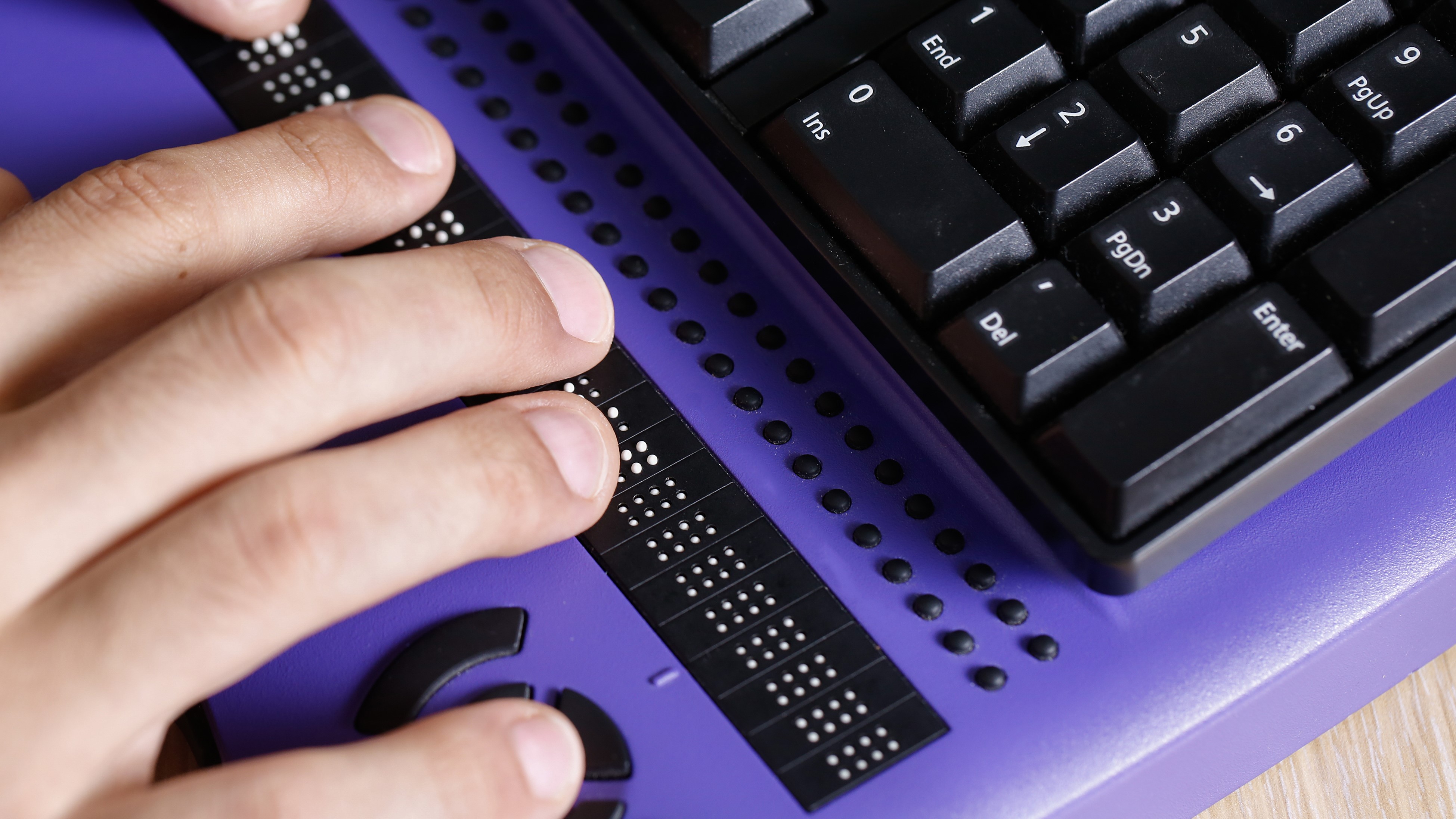 We could all benefit from better Windows and macOS accessibility features
We could all benefit from better Windows and macOS accessibility featuresOpinion Today’s accessibility features can help you work through a nasty injury, but there’s still plenty of room for improvement
By Barry Collins Published